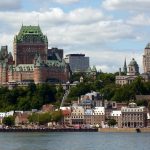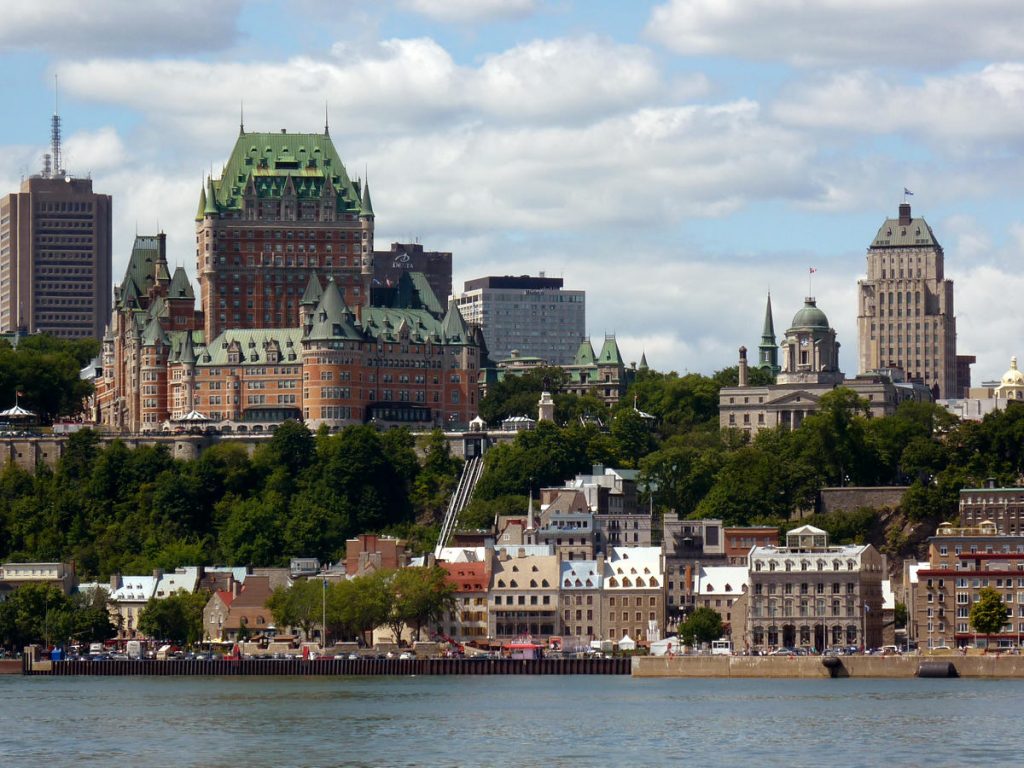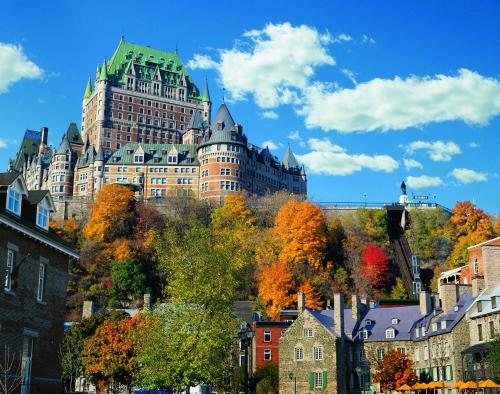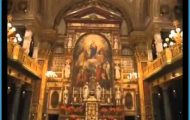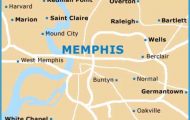One of the oldest European settlements in the New World, Quebec City was named after an Algonquian word meaning place where the river narrows.
Its powerful influence and strategic location on the north shore of the St. Lawrence River invited several sieges over the colonial period, as Quebec City
evolved from a trading post into the heart of New France and finally into a British colony.
In 1535, when French explorer Jacques Cartier visited the area where Quebec City later took root, about 500 St. Lawrence Iroquois inhabited the nearby
village of Stadacona. Cartier claimed the region for France. He left the St. Lawrence area the following year, after many of his crew had perished from
cold, starvation, and scurvy. Two unsuccessful attempts to settle the area followed shortly thereafter, one by Cartier in 1541 and the other by Sieur de
Roberval in 15421543.
When Samuel de Champlain arrived in the region in 1608, Stadacona had disappeared, possibly due to disease and intertribal warfare. Champlain
established a fur trade with the Algonquin and Montagnais nations and built a dwelling to serve as a fort, a residence, and a storage depot for trade
goods. This was erected at the foot of Cap-aux-Diamants, a promontory overlooking the St. Lawrence River and the future site of the walled upper town
of Quebec. In 1615, missionaries of the Recollect Order joined the small settlement to spread Christianity to the area’s native populations.
In 1627, the French Crown appointed the Company of New France (Company of One Hundred Associates) to oversee expansion of the settlement from
trading post to town. This expansion was interrupted between 1629 and 1632, when English privateers led by the Kirke brothers captured and governed
the town until the Treaty of Saint-Germain-en-Laye returned it to France. Between 1627 and 1663, the population increased from 72 to 550. The Jesuits
established their headquarters in the town in 1633 and founded a college there in 1635. The church of Notre-Dame-de-la-Paix was built atop Cap-auxDiamants,
as was Chteau Saint-Louis, the governor’s residence and administrative center for the colony. The Ursuline Convent was founded in 1639 to
educate French and native girls. The town’s first hospital, the H´tel-Dieu de Quebec, was built in 1644.

